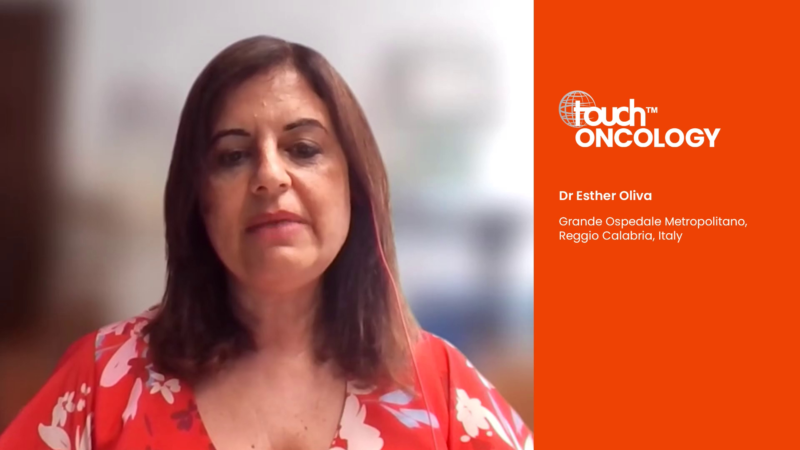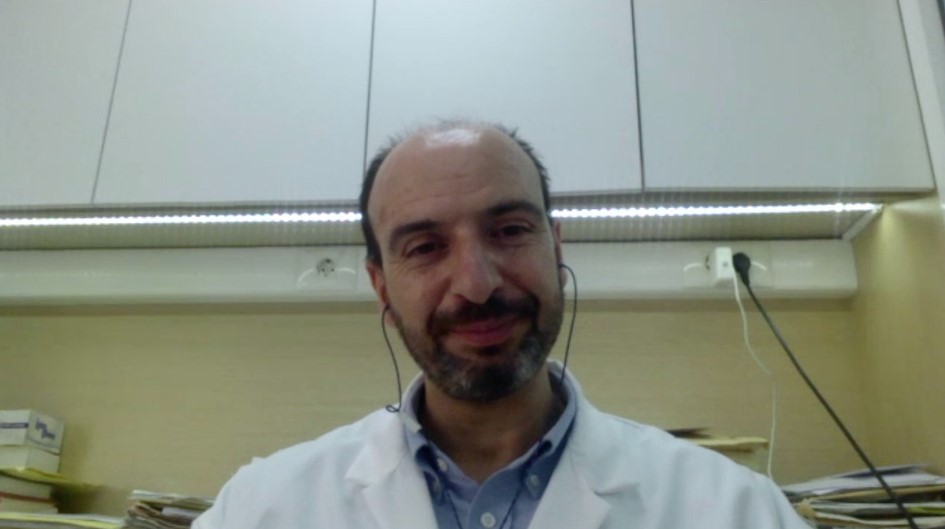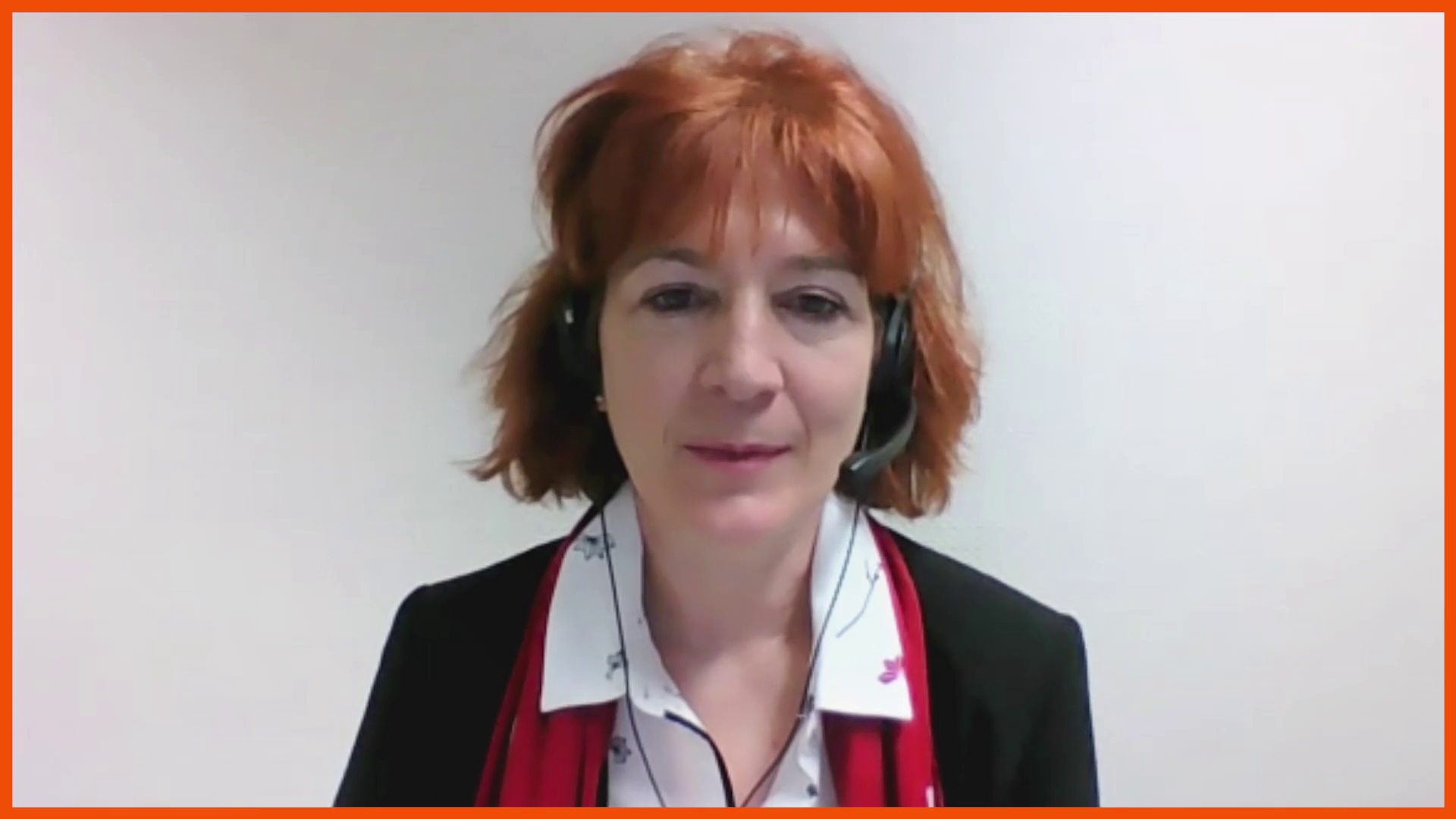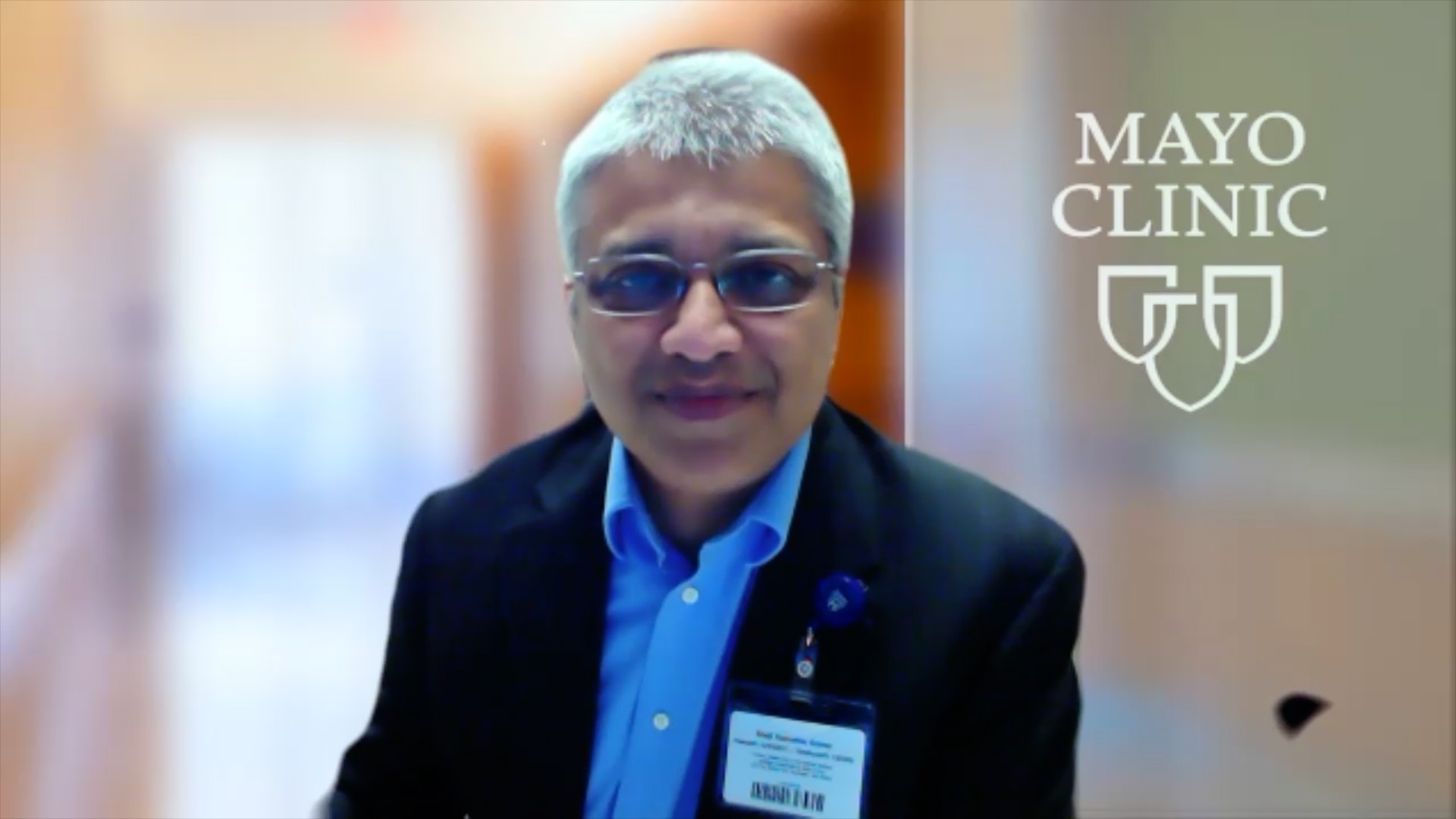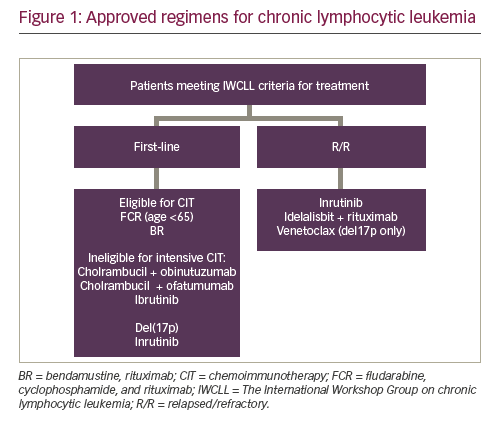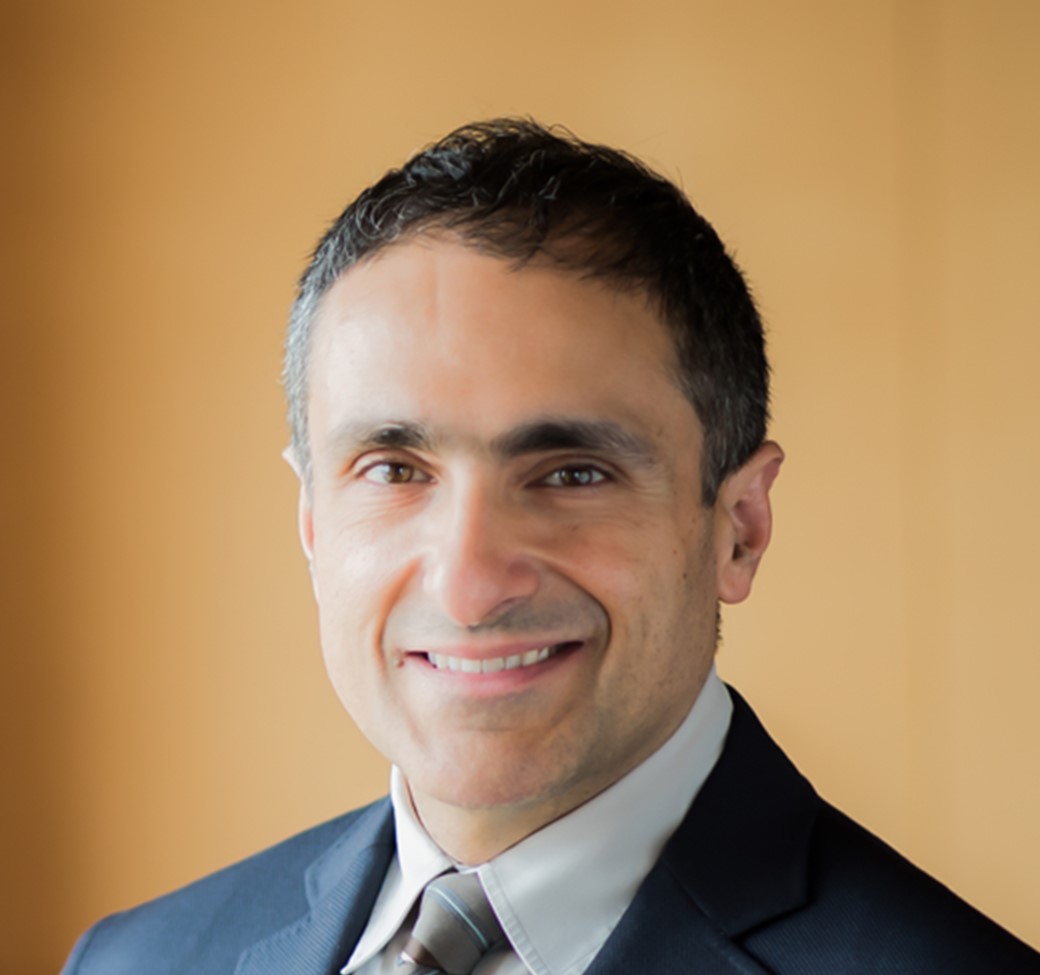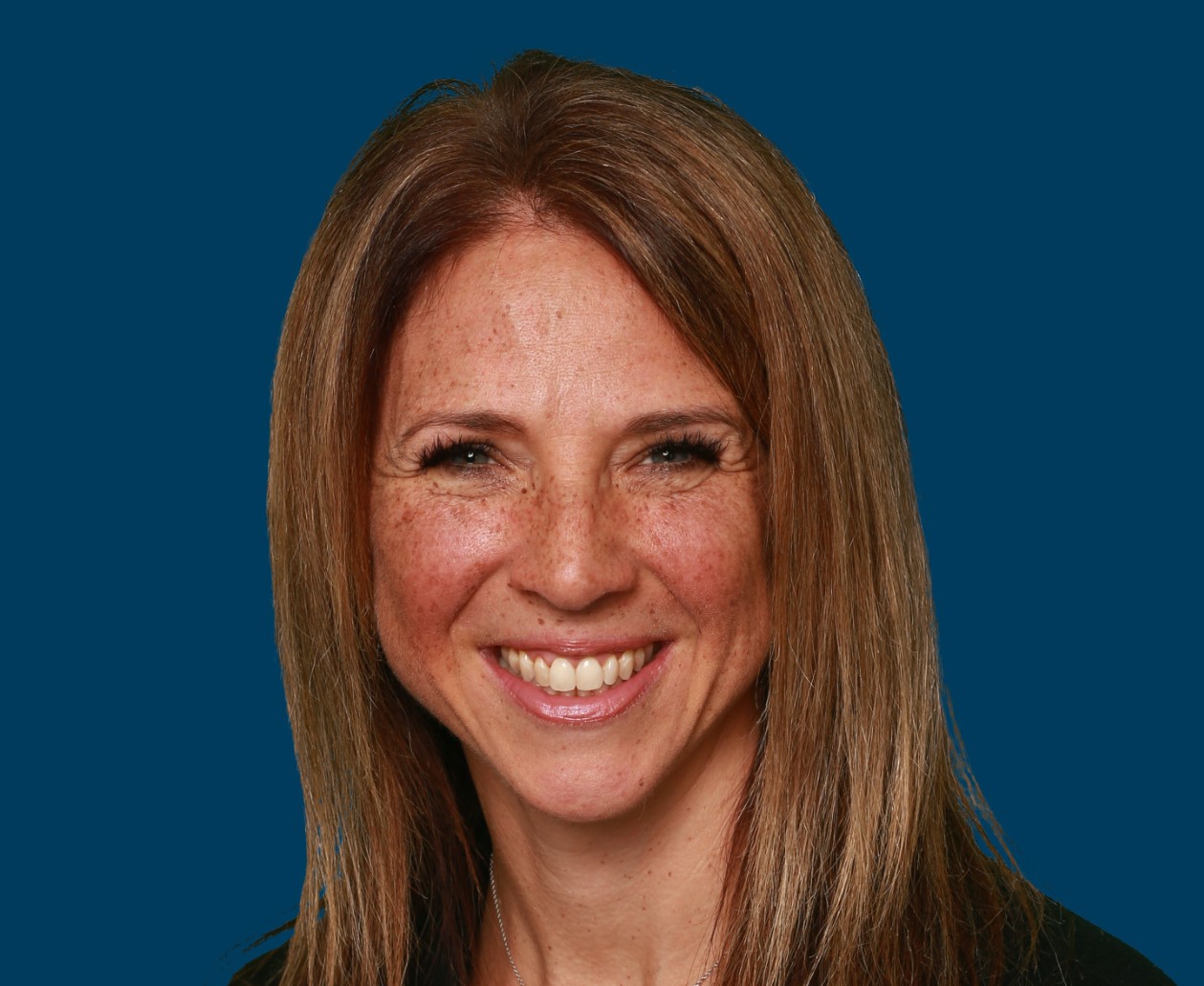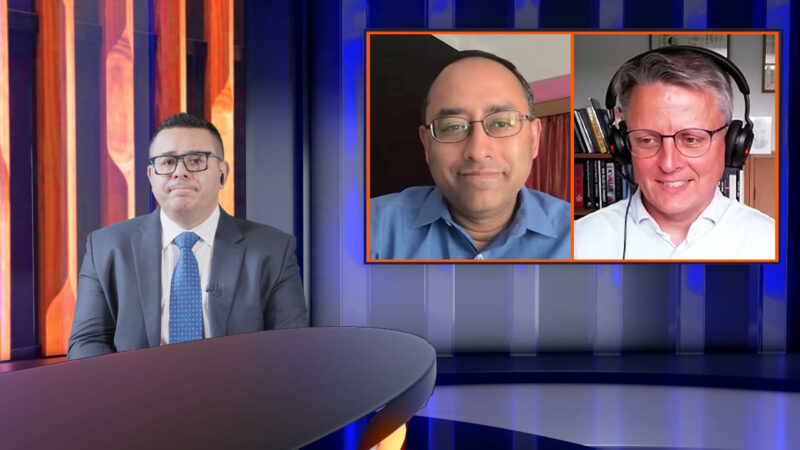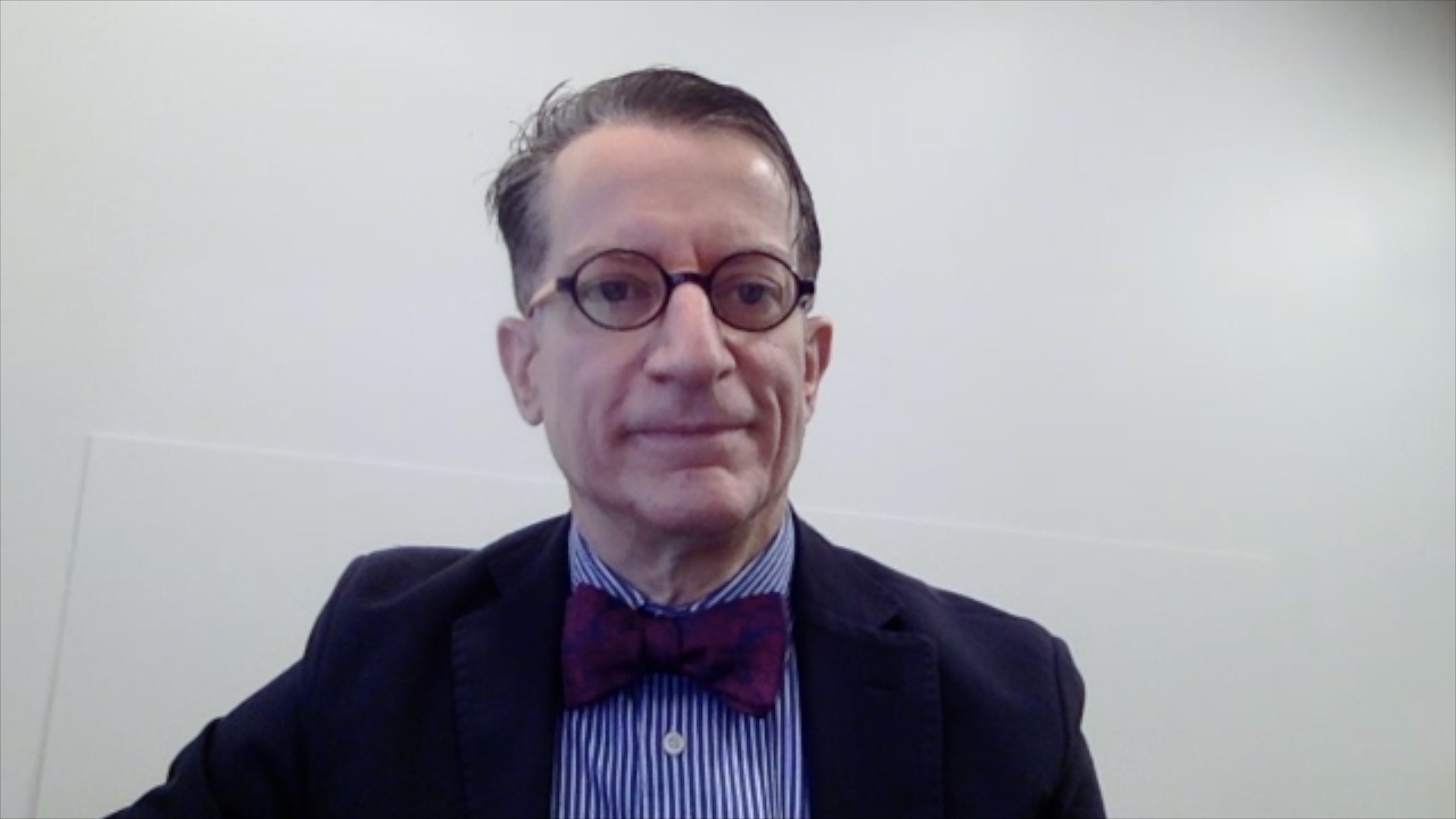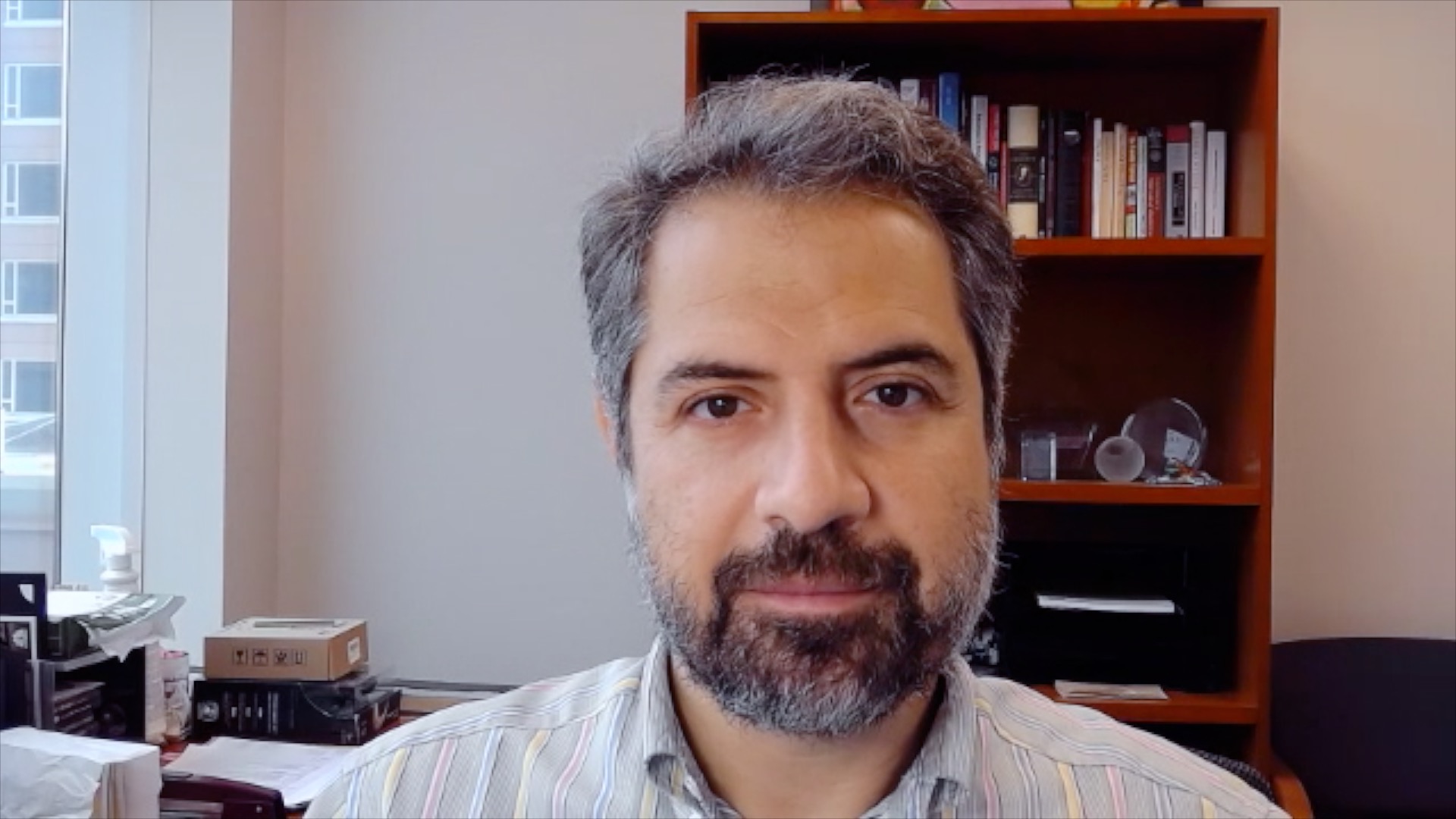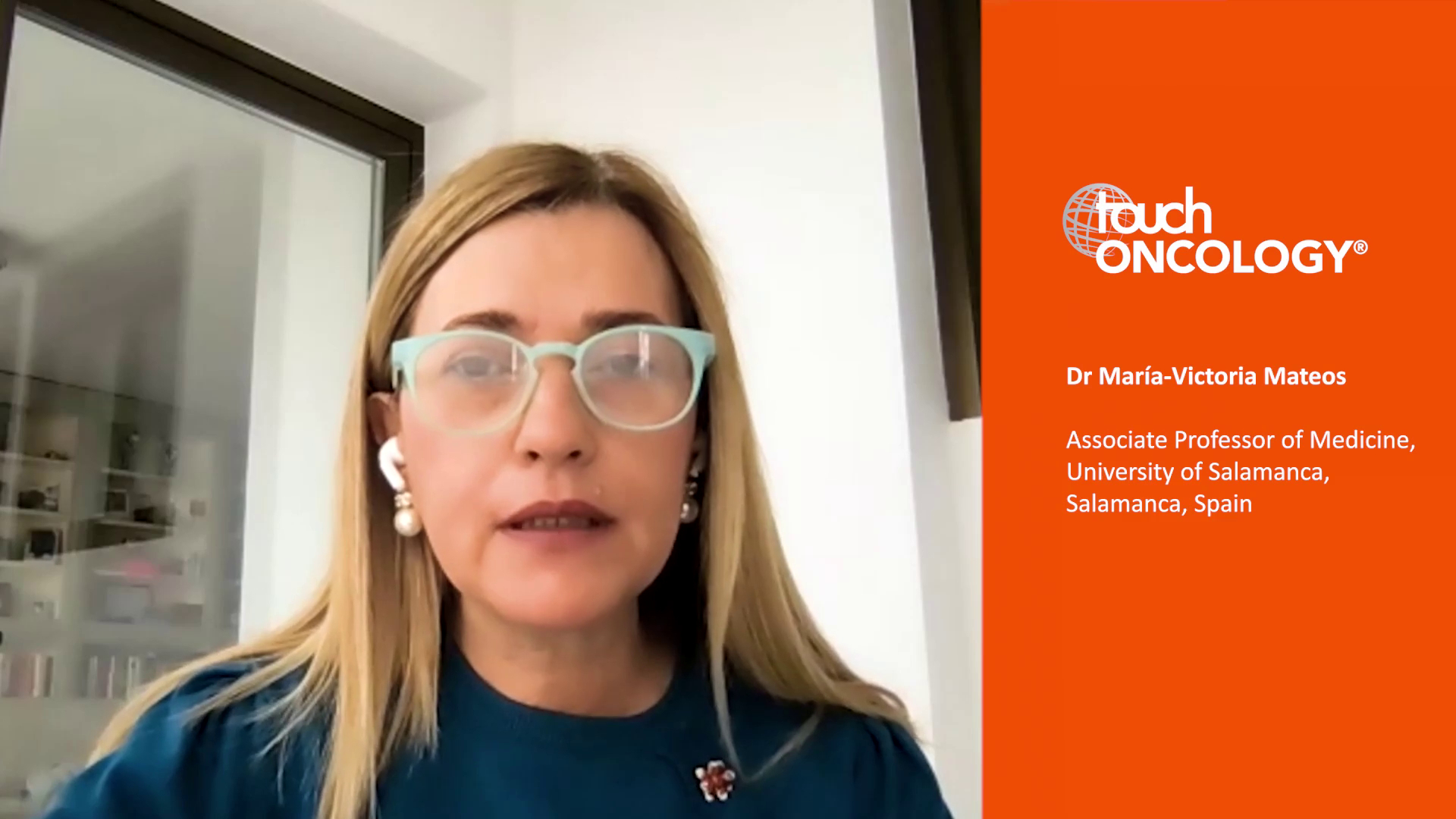Tutorial
This icon indicates there is a poll question. Click it when you see it to interact with your peers.
Tutorial
This icon indicates there is a poll question. Click it when you see it to interact with your peers.
Tutorial
This icon indicates there is a poll question. Click it when you see it to interact with your peers.
touchPANEL DISCUSSION
 A visually engaging discussion designed to emulate a ‘live’ panel experience and provide clinicians with practical expert insights to address their clinical challenges. Useful tips below will show how to navigate the activity.
Close
A visually engaging discussion designed to emulate a ‘live’ panel experience and provide clinicians with practical expert insights to address their clinical challenges. Useful tips below will show how to navigate the activity.
Close
 A visually engaging discussion designed to emulate a ‘live’ panel experience and provide clinicians with practical expert insights to address their clinical challenges. Useful tips below will show how to navigate the activity.
Close
A visually engaging discussion designed to emulate a ‘live’ panel experience and provide clinicians with practical expert insights to address their clinical challenges. Useful tips below will show how to navigate the activity.
Close
Maximizing the possibilities in the evolving treatment paradigm for R/R follicular lymphoma: From optimal sequencing to shared decision-making
Learning Objectives
After watching this activity, participants should be better able to
- Analyse the evidence for novel approved therapies in relapsed/refractory follicular lymphoma and their potential impact on the evolving treatment paradigm
- Practise shared decision-making when individualizing treatment selection for patients with relapsed/refractory follicular lymphoma, with a focus on bispecific antibody and CAR T-cell therapies
- Evaluate the key considerations for treatment sequencing in relapsed/refractory follicular lymphoma
Overview
In this activity, three experts in haematological malignancies provide their perspectives on the latest evidence and clinical implications of recently approved treatments for relapsed/refractory follicular lymphoma (R/R FL), the importance of shared decision-making in treatment selection in the era of BsAb and CAR T-cell therapies, and the key considerations for treatment sequencing.
This activity is jointly provided by USF Health and touchIME. read more
Target Audience
Community and academic oncologists, haematologists and haemato-oncologists involved in the management of follicular lymphoma
Disclosures
USF Health adheres to the Standards for Integrity and Independence in Accredited Continuing Education. All individuals in a position to influence content have disclosed to USF Health any financial relationship with an ineligible organization. USF Health has reviewed and mitigated all relevant financial relationships related to the content of the activity. The relevant relationships are listed below. All individuals not listed have no relevant financial relationships.
Faculty
Dr Matthew Lunning discloses: Consultancy fees from AbbVie, Acrotech Biopharma, ADC Therapeutics, AstraZeneca, Bristol Myers Squibb, Caribou Biosciences, CRISPR Therapeutics, Daiichi Sankyo, Fate Therapeutics, Genentech, Genmab, Incyte Corporation, Ipsen, Janssen Pharmaceuticals, Kite Pharma, Loxo Oncology, Nurix, Recordati, Regeneron Pharmaceuticals, Sanofi, Seagen and Vittoria Biotherapeutics. Grants/Research support from Bristol Myers Squibb, Fate Therapeutics and Sana Biotechnology.
Prof. Charalambos Andreadis discloses: Advisory board or panel fees from AbbVie, AstraZeneca, Epizyme (an Ipsen company) and Gilead Sciences. Consultancy fees from Atara Biotherapeutics and Bristol Myers Squibb. Grants/Research support from Bristol Myers Squibb, Eli Lilly and Company, Genzyme, Merck, Novartis and Roche.
Dr Tara Graff discloses: Advisory board or panel fees from AbbVie, Adaptive Biotechnologies, AstraZeneca, Bristol Myers Squibb, BeiGene, Eli Lilly and Company, Genmab and Kite Pharma. Consultancy fees from AbbVie, Genentech and Genmab. Speaker’s bureau fees from AbbVie, Adaptive Biotechnologies, ADC Therapeutics, AstraZeneca, BeiGene, Eli Lilly and Company, Genmab and Kite Pharma.
Content reviewer
Danielle Walker, APRN has no financial interests/relationships or affiliations in relation to this activity.
Touch Medical Director
Sola Neunie has no financial interests/relationships or affiliations in relation to this activity.
USF Health Office of Continuing Professional Development and touchIME staff have no financial interests/relationships or affiliations in relation to this activity.
Requirements for Successful Completion
In order to receive credit for this activity, participants must review the content and complete the post-test and evaluation form. Statements of credit are awarded upon successful completion of the post-test and evaluation form.
If you have questions regarding credit please contact cpdsupport@usf.edu.
Accreditations
Physicians
This activity has been planned and implemented in accordance with the accreditation requirements and policies of the Accreditation Council for Continuing Medical Education (ACCME) through a joint providership of USF Health and touchIME. USF Health is accredited by the ACCME to provide continuing medical education for physicians.
USF Health designates this enduring material for a maximum of 0.75 AMA PRA Category 1 CreditTM. Physicians should claim only the credit commensurate with the extent of their participation in the activity.
The European Union of Medical Specialists (UEMS) – European Accreditation Council for Continuing Medical Education (EACCME) has an agreement of mutual recognition of continuing medical education (CME) credit with the American Medical Association (AMA). European physicians interested in converting AMA PRA Category 1 CreditTM into European CME credit (ECMEC) should contact the UEMS (www.uems.eu).
Advanced Practice Providers
Physician Assistants may claim a maximum of 0.75 Category 1 credits for completing this activity. NCCPA accepts AMA PRA Category 1 CreditTM from organizations accredited by ACCME or a recognized state medical society.
The AANPCP accepts certificates of participation for educational activities approved for AMA PRA Category 1 CreditTM by ACCME-accredited providers. APRNs who participate will receive a certificate of completion commensurate with the extent of their participation.
Date of original release: 08 August 2024. Date credits expire: 08 August 2025.
If you have any questions regarding credit please contact cpdsupport@usf.edu.
To obtain the CE/CME credit(s) from this activity, please complete this post-activity test.
Claim Credit







